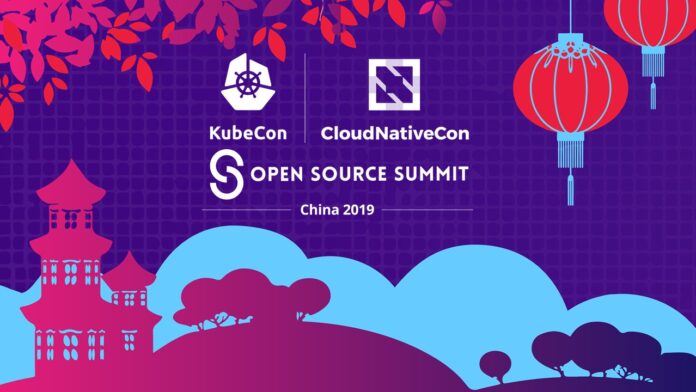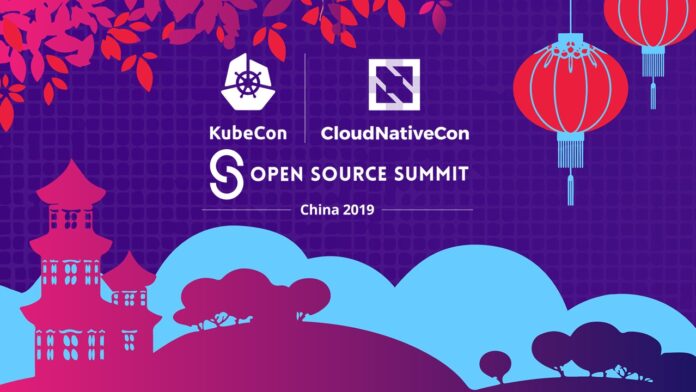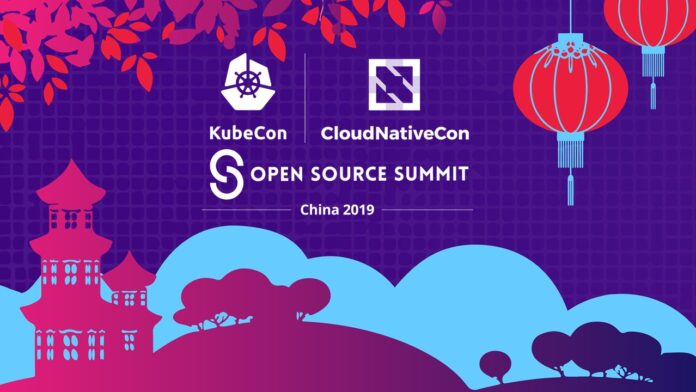Hyperledger tools are very popular for building blockchain and decentralized applications. In particular, Hyperledger Fabric and Hyperledger Composer are the most widely used tools. Hyperledger Fabric Architecture and Components for Blockchain Developers and Installing Hyperledger Fabric on AWS articles are great resources for learning about Hyperledger Fabric. Once you learn about Hyperledger Fabric, you can move on to explore Hyperledger Composer.
Hyperledger Composer is a set of collaboration tools for business owners and developers that make it easy to write chaincode for Hyperledger Fabric and decentralized applications (DApps). With Composer, you can quickly build POC and deploy chaincode to the blockchain in a short amount of time. Hyperledger Composer consists of the following toolsets:
- A modeling language called CTO: A domain modeling language that defines a business model, concept, and function for a business network definition
- Playground: Rapid configuration, deployment, and testing of a business network
- Command-line interface (CLI) tools: The client command-line tool is used to integrate business network with Hyperledger Fabric
Composer-CLI is the most important tool for Composer deployment; it contains all the essential command-line operations. Other very useful tools include Composer REST server, generator Hyperledger Composer, Yeoman, and Playground. Composer CLI provides many useful tools for developers.
Composer CLI can be used to perform multiple administrative, operational, and development tasks. Here is a summary of the CLI commands:
|
Command |
Description |
Examples |
|
composer archive <subcommand> |
Composer archive command.
|
Composer archive list.
|
|
composer card <subcommand> |
Command for managing business network cards. |
Composer card list.
|
|
composer generator <subcommand>
|
Composer generator command to convert a business network definition into code. |
Composer generator docs.
|
|
composer identity <subcommand> |
Composer identity command.
|
Composer identity issue. |
|
composer network <subcommand> |
Composer network command.
|
Composer network install. |
|
composer participant <subcommand> |
Composer participant command. |
Composer participant add. |
|
composer report
|
Command for creating a report of the current .Composer environment |
Composer report.
|
|
composer transaction <subcommand> |
Composer transaction command.
|
Composer transaction submit. |
The Composer REST server is used to generate a REST interface to a deployed blockchain business network.
Now that you know the essential tools and commands of Hyperledger Composer, the next is to follow this article: Hyperledger Composer Development Environment Requirements and Setup that gives you step-by-step guide for installing Hyperledger Composer development requirements as well as showing you how to configure a business network on Hyperledger Composer.
—
About Authors
This article is written by Matt Zand (Founder of High School Technology Services) in collaboration with Brian Wu who is a senior blockchain instructor at Coding Bootcamps school in Virginia.




